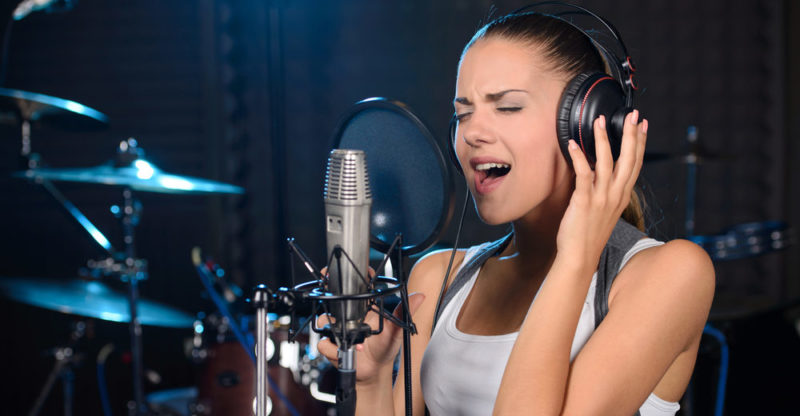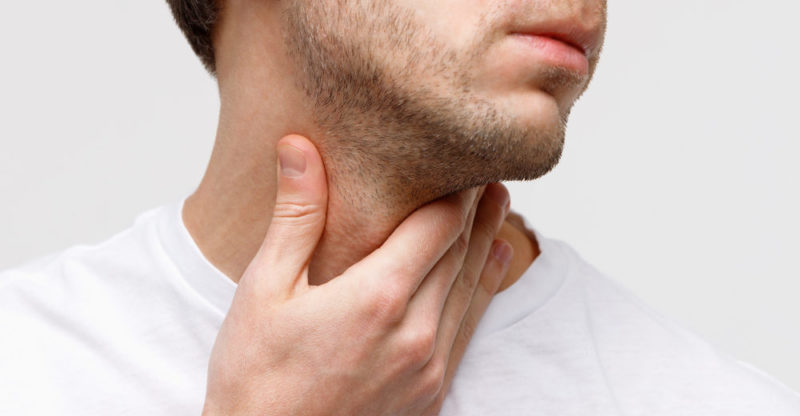We explain what the speech apparatus is, its component organs and their functions. Also, what are its characteristics and types of voice.
What is the speech apparatus?
The speech apparatus or vocal apparatus is known as the set of organs of the human body (and of other higher animals ) that allow the emission of articulated sound . In addition, in the exclusive case of the human being, it allows the physical composition of speech .The organs involved in the speech system, with the exception of the vocal cords, originally serve other functions as part of the respiratory or digestive system . Evolutionarily, they adapted to the emission of sounds later, as other social activities, such as communication, became necessary .
Without the speech apparatus we could not generate articulate sounds . Therefore, much of human communication as we understand it would be impossible.
Organs that make up the speech apparatus
 The speech apparatus is made up of organs and ducts belonging to two systems:
The speech apparatus is made up of organs and ducts belonging to two systems:
- Respiratory system . It uses the lungs, bronchi, trachea, and larynx .
- Digestive . It uses the teeth, lips, tongue, palate, glottis.
In addition, it uses specific organs of phonation such as the vocal cords.
Parts that make up the speech apparatus
The human speech apparatus is divided into two parts or subsystems:
- Phonation system. The one in charge of generating the jet of air loaded with sound waves, and that covers from the lungs to the vocal cords.
- Articulation system. The person in charge of modulating the sounds: cutting them off, modifying them, using the content of the mouth and lips.
How does the speech apparatus work?
The speech apparatus operates on the basis of different stages:
- First, the lungs fill with air and, under the pressure of the diaphragm, are emptied by pushing a jet of air out of the body through the windpipe. The air thus propelled meets the vocal cords, which vibrate and fill the air with sound waves.
- The voiced air reaches the larynx and pharynx, and instead of being exhaled through the nose, it is directed towards the mouth, where it will be modulated.
- The jet of voiced air fills the mouth, and is released outwards after the organs of the mouth have been placed in the desired position to generate one or more specific sounds, either by opening or closing the oral cavity, positioning the tongue in the path of the air or by bouncing it off different parts of the palate.
Function of the speech apparatus
The elementary function of the speech apparatus is to produce sounds , which can also be articulated and transformed into a spoken chain, that is, into words, screams, screams, etc.
Evolution of the speech apparatus

The ability to generate sounds such as roaring or barking belongs to all mammals alike . However, the ability to articulate these sounds and make a language of them is unique to the human being.
This differentiation was thanks to the gradual change of various organs. For example, the lower larynx allows a greater resonance space in the mouth and thus it is possible to produce a greater complexity of sound.
On the other hand, there was also an evolution at the level of the nervous system . Our brain is not only capable of recognizing and learning languages , but it also manages the speaking organs to produce the desired sounds.
Displacement of the larynx occurs in humans after the end of breastfeeding, unlike other primate species. Therefore, we are unable to drink and breathe at the same time , as we run the risk of drowning.
However, it is known that extinct species of the human genus, such as Homo neanderthalensis or Homo rudolfensis , lacking this lower larynx, were unable to pronounce certain vowels (such as a , i or u ).
Types of sounds
The verbal language is composed of two types of sounds produced by the vocal apparatus, the fundamental difference is that in one case the vocal cords vibrate (sound sounds) and others not (sounds deaf) . Thus, for example, the sound of vowels is voiced ( a , e , i , o , u ), while that of some consonants is deaf ( k , s , r , f ).
Voice types

There are several types of voice , determined congenitally , since the configuration of the vocal cords is as personal as the fingerprint of our fingers. Thus, six types of voice are recognized, three feminine and three masculine:
- Female voices :
- Soprano. The highest voices in the human register, which on a piano would go between C4 and C6. They are divided into light sopranos, lyrical sopranos and dramatic sopranos.
- Mezzo-soprano. Of voices more serious than the sopranos, but less than the contraltos. They are divided into light and dramatic, being very similar to dramatic sopranos but in more serious registers.
- Contralto. Infrequent female voices, that pull towards the bottom of the spectrum, without becoming male voices.
- Male voices :
- Tenor. The highest of the male spectrum, but in a fairly short range (on a piano, from C3 to C4). Like the sopranos, they are divided into light, lyrical and dramatic.
- Baritone. The most common of male voices, not being able to be very agile but powerful, within their intermediate range.
- Under. The lowest voices in the human register, the darkest and deepest, similar to the low notes of a cello.
Why is the speech apparatus important?
The speech apparatus is essential for the emission of articulated sounds and therefore for verbal language. This is one of the basic capabilities of our species that distinguishes us from animals.
However, animals also have a speech apparatus. For example, a dog is capable of barking, even barking in different ways depending on the occasion. In other words, it is also essential for animals to communicate , albeit in a rudimentary way.
What distinguishes us from them is the ability to acquire a language and train our own body to reproduce a series of specific sounds . For this we have not only a particular complexity of our speech apparatus but also a brain capable of understanding and creating signs.
Diseases that affect you

Diseases of the voice apparatus can have different causes:
- External agents. They can cause respiratory tract infections (laryngitis, pharyngitis, bronchitis, pneumonia) causing swelling and affecting the quality of the voice.
- Misuse or excessive use of the voice. Its consequence can be hoarseness or hoarseness.
The above content published at Collaborative Research Group is for informational and educational purposes only and has been developed by referring reliable sources and recommendations from technology experts. We do not have any contact with official entities nor do we intend to replace the information that they emit.
MA student of the TransAtlantic Masters program at UNC-Chapel Hill. Political Science with a focus on European Studies. Expressed ideas are open to revision. He not only covers Technical articles but also has skills in the fields of SEO, graphics, web development and coding. .
Leave a reply
Your email address will not be published. Required fields are marked *Recent post

Sport: What Is It, Types, Risks, Features, Characteristics and Examples

Dogs: Emergence, Features, Characteristics, Feeding and Breeds

Story: Definition, Elements, Structure, Features and Characteristics

